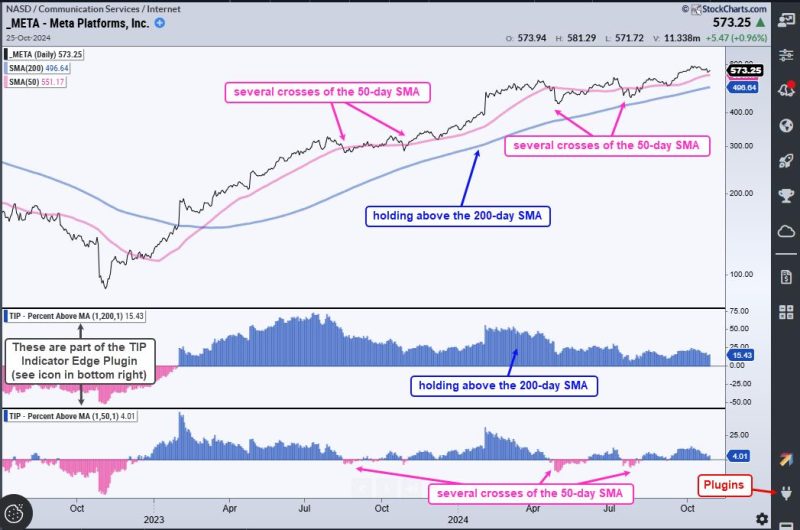Indicator 1: Historical Price Data Analysis
When it comes to trading and investing, one of the key indicators that can help improve your edge is historical price data analysis. By looking at how an asset has performed in the past, traders can gain valuable insights into potential future price movements.
One common method of historical price data analysis is to use technical analysis tools such as moving averages, support and resistance levels, and trend lines. These tools can help traders identify key price levels and trends that may indicate where the asset is likely to move next.
For example, a trader may notice that a particular stock tends to bounce off a certain support level every time it reaches that price. By recognizing this pattern from historical price data analysis, the trader can use that information to set buy orders at that support level, increasing the chances of making a profitable trade.
Another important aspect of historical price data analysis is to consider how external events have influenced the price of an asset in the past. For instance, if a stock has historically performed well during periods of economic growth, a trader may look for similar economic indicators to predict future price movements.
In summary, historical price data analysis is a crucial indicator that traders can use to improve their edge in the market. By studying how an asset has performed in the past and identifying key patterns and trends, traders can make more informed decisions about when to enter or exit a trade, ultimately increasing their chances of success.
Indicator 2: Market Sentiment Analysis
Another powerful indicator that can help traders improve their edge is market sentiment analysis. Market sentiment refers to the overall feeling or attitude of traders and investors towards a particular asset or market.
One common way to gauge market sentiment is to look at indicators such as the put/call ratio, which measures the ratio of put options to call options being traded on a particular asset. A high put/call ratio may indicate that traders are bearish on the asset, while a low ratio suggests bullish sentiment.
Traders can also use social media and news sources to get a sense of market sentiment. For example, if there is a lot of positive news coverage about a particular stock, it may indicate that there is bullish sentiment towards that stock. Conversely, negative news coverage could signal bearish sentiment.
By analyzing market sentiment, traders can gain valuable insights into how other market participants are feeling about a particular asset. This information can help traders anticipate potential price movements and adjust their trading strategies accordingly.
In conclusion, market sentiment analysis is a key indicator that traders can use to improve their edge in the market. By understanding how other traders and investors feel about a particular asset, traders can make more informed decisions and potentially increase their profitability.

